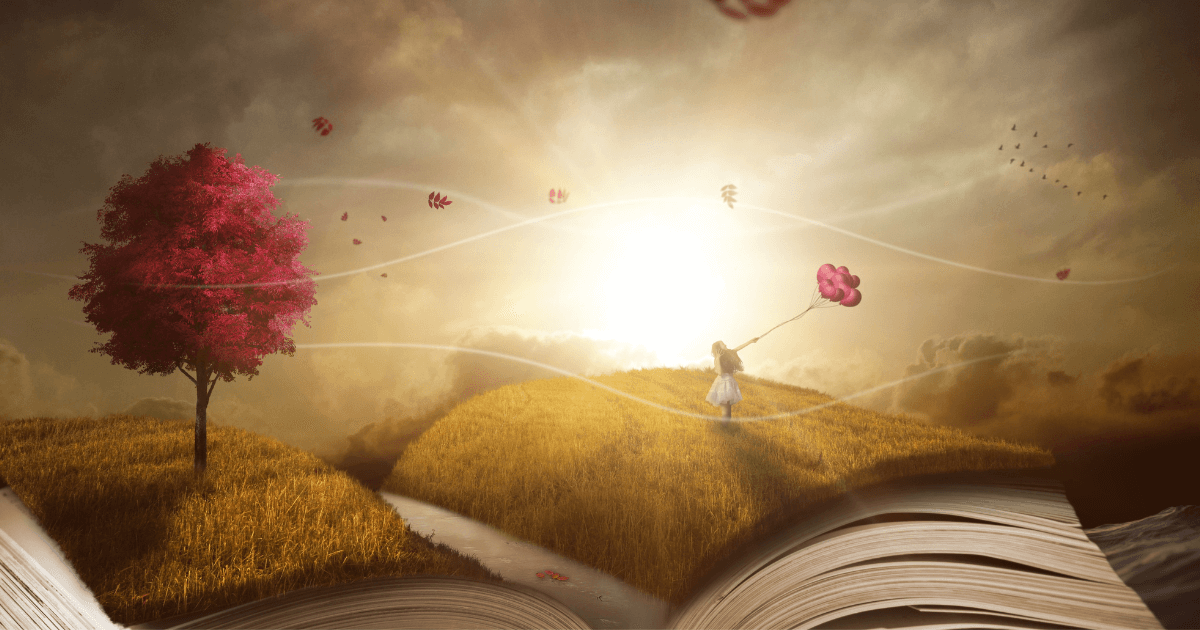
Ask yourself, do I have a story? Did that make you shudder with anticipation or giggle with glee? Whether you have a gem of an idea that you are outlining and planning to write or you have a finished first draft, there comes a moment where you have to look at narrative structure to help lead you to your answer.
What Is Narrative Structure?
Narrative = story
Structure = framework or form
Simple, right?
In the broadest sense, .
Narrative structure is the foundation that keeps your story strong.
Whether you are a planner, using narrative structure to plan your outline or you have a fully written manuscript and want to know if you have a story, or are somewhere in the writing process and want to figure out where to go next, narrative structure can give you guidance.
What Is Narrative Style?
Narrative style is the narration technique that an author uses to present their characters, settings, and events.
There are a variety of different narrative structures and styles out there. Here are a few of the most popular options.
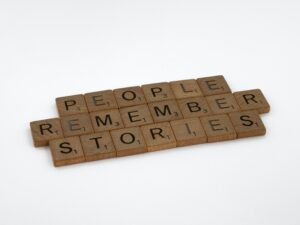
The Three Act Narrative Structure Definition
Writers have developed and shared many great structures to frame stories. Let’s start with a strong, traditional base: The Three Act Structure.
The three act structure begins with exposition followed by an inciting incident and ends act one with a turning point. Act two continues the journey through complications and ends on a second turning point. Finally, act three builds to the climax and ends with the denouement as the writer ties together all the strands of the story.
Linear Plot Strcuture
A linear plot is one that’s presented in chronological order. This is a traditional plot structure and easy for the reader to follow.
Pride and Prejudice by Jane Austen is an example of a linear story.
Non-linear Narrative Story Structure
In a non-linear story, the plot is not tied to chronological order. The last scene chronologically may be presented first. This can be confusing for the reader but can offer a sense of satisfaction when the plot is finally tied together.
Wuthering Heights by Charlotte Bronte has a non-linear structure.
Parallel Narrative Writing Structure
Parallel narrative structures have more than one plot presented simultaneously. These may, or may not, intersect.
NW by Zadie Smith has a parallel narrative between Leah and Keisha.
Circular Narrative
In a circular narrative, the plot ends where it begins. This is a common structure for children’s stories.
The Wonderful Wizard of Oz and Alice’s Adventures in Wonderland both have cicrular narratives. The protagonists go on an adventure and end up back home where they started.
Interactive Narrative Plot
The story adjusts to the whims of the reader. An example of this is a “Choose your own Adventure” books. These book types are popular with chapter books for middle-grade children.
Types of Narrative Structure
These sequence plot structures don’t replace other narrative structures, but work with them to offer new ways to present your story.
From Campbell’s Hero’s Journey to Freytag’s Pyramid to the Fichtean Curve and beyond, there are a multitude of excellent sources of narrative structures for you to explore.
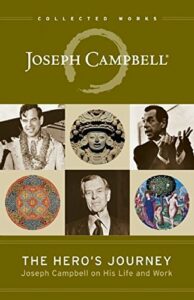
Fictionary Story Arc Narrative Text Structure
Drawing from extensive research on narrative structures, the Fictionary Story Arc is built on five key scenes.
These five scenes are touchstones, helping you know you have a story and that the scenes are well-placed to keep your reader engaged.
Inciting Incident
This is the scene that shakes your protagonist out of their ordinary world and introduces the story goal. This usually happens within the first 15% of the story and it begins the rise of the story arc.
Plot Point 1
Often referred to as the point of no return, plot point 1 ends the first act (of the three act structure).
This is the scene showing the protagonist going after the story goal because they know what they have to lose and the stakes are high. Full of tension, this scene changes the direction of the story as we enter act two.
Middle
In this scene, we watch the protagonist move from reactive to proactive in pursuit of the story goal. The protagonist believes he/she/they knows how to change in order to achieve the story goal and take action to get there.
Plot Point 2
This is the dark night of the soul for your protagonist.
It’s the end of act two and all is lost! Everything that has been tried to get to the story goal has failed. From here the protagonist and the plot are rushing to the climax scene.
Climax
The climax scene (or scenes) must have the highest level of conflict, tension or emotional upheaval in the story.
This is where the protagonist faces the biggest obstacle in the story and determines his/her/their own fate. The story goal is answered here.
The resolution follows with the final drawing together of all the loose ends.
As you outline, include these key scenes in your plan.
As you begin to edit your draft MS, look for and label these scenes. Check that they are meeting the expectations for the story arc. If you are stuck in the writing process, find where you are in the story arc and pick a story arc scene to write or plan.
If you are using Fictionary, look at the story arc to see if your story arc scenes are in the recommended range.
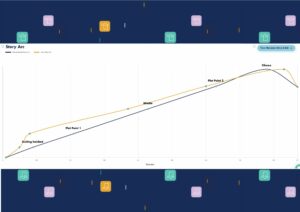
The Fictionary Story Arc
Narrative Story Structure Tips
Keep these tips in mind as you decide on and use narrative structure to guide your story.
Key Scenes
Use the key scenes to build a story arc to help you see the rise and run of your story.
As you look at the graph, watch for steep hills that may show a quick pace between plot points or a flat line that may indicate the story could be dragging in that section.
Plot/Story Arc/Character Arc
Look for the weave between plot/story arc and character arc as your protagonist moves toward external and internal goals.
It’s a tool, not a formula…
Remember, this is a tool not a formula.
Keep your protagonist and your reader in mind as you develop the strongest version of your story. Make changes and adjust the structure with intent and purpose.
You are the creator and control the narrative.
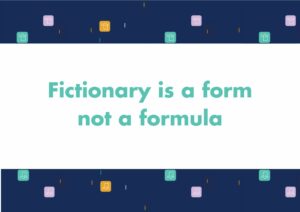
Narrative Framework Conclusion
So, do you have a story?
Yes? Celebrate your narrative structure and keep writing, editing or revising!
No? Celebrate that thanks to narrative structures you have a lot of ideas of how to improve your story… and keep writing, editing and revising!
Want to know more about story and structure? Check out this blog by Kristina Stanley.

